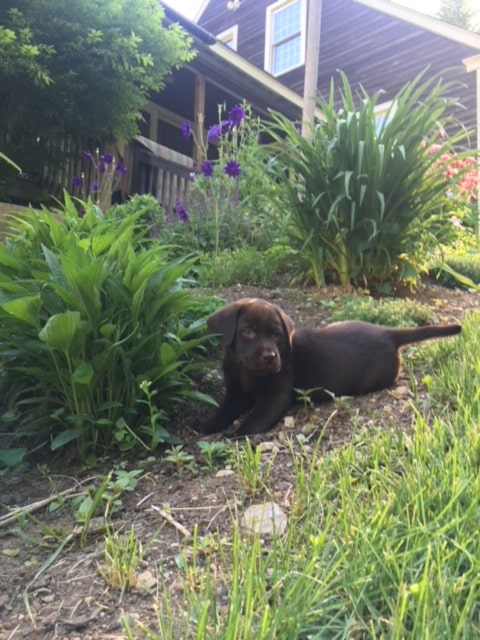Hi there! My name is Alice, a lovable chocolate lab who loves to roam around in the backyard! I spend a lot of my time outside in the grass, but I can be damaging to the vibrant greens. It’s super important to understand the pH levels. Keep reading for my tips on correcting the damage.
Understanding your lawn’s pH levels is crucial for maintaining healthy grass. Testing your soil once a year is essential to ensure it stays within the optimal pH range. Aim for a pH level between 6.5 to 7.0 to facilitate efficient nutrient absorption and gas exchange in the soil.
Fall is the ideal time to apply lime to your lawn. Standard pelletized dolomite brands, readily available at most lawn and garden stores, are suitable for this purpose. Lime takes 3-6 months to raise the pH level effectively. However, if a springtime application is necessary, fast-acting lime is an option. It can raise pH levels in approximately 2-3 weeks.
Soil testing kits are available for purchase, or you can opt for professional testing services such as those offered by the UNH Cooperative for a fee. Many lawn care professionals also provide soil testing as part of their services.
Dog urine can cause grass to burn and soil to become compacted. Prompt and efficient irrigation is crucial to minimize damage. If the affected areas are not irrigated promptly, reseeding becomes inevitable. Applying gypsum to these areas can help absorb salts and loosen compacted soil, promoting healthy grass growth.
By understanding and addressing these factors, you can effectively maintain a vibrant and lush lawn throughout the year; perfect for me (Alice) and my friends to play in all the time!

